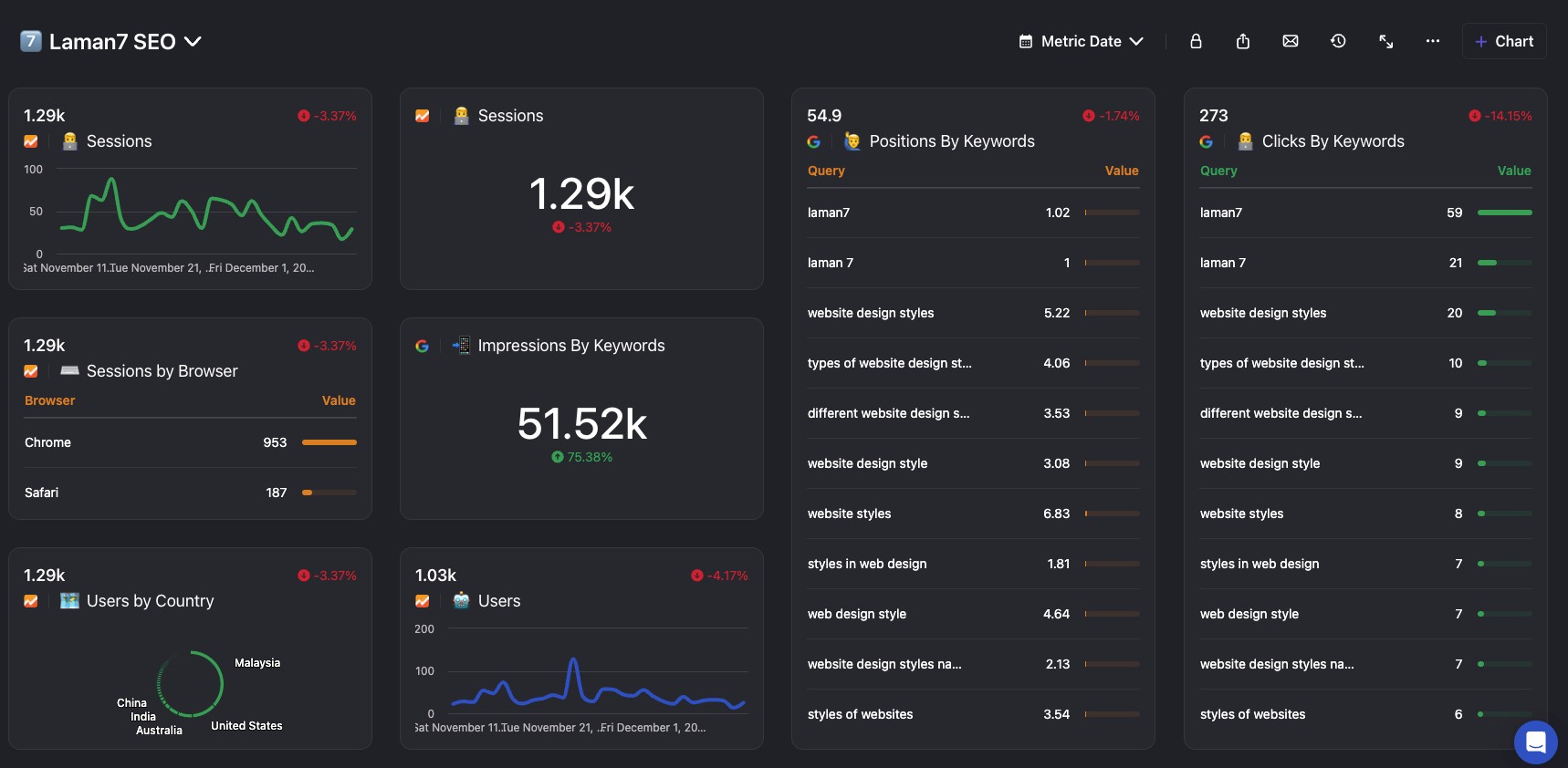In the dynamic business landscape, measuring marketing performance is a critical practice that empowers organisations to refine strategies, allocate resources judiciously, and drive meaningful results.
The digital age has brought forth many tools and metrics, allowing marketers to gauge the impact of their efforts with unprecedented precision.
What is Marketing Metrics for B2B?
Marketing metrics are sets of measurement for digital marketing activities. These activities will show the ROI and outcome of the activities along the marketing funnel.
In this era of data-driven decision-making, the keyword “measure marketing” takes centre stage as businesses seek to understand the effectiveness of their campaigns and optimise for success.
What gets measured, gets managed – Peter Drucker
This exploration delves into the top metrics savvy marketers leverage to assess and enhance their marketing endeavours. From conversion rates to customer lifetime value, these key indicators provide invaluable insights into the health and efficiency of marketing initiatives, ultimately shaping the trajectory of businesses in a competitive marketplace.

Example of Marketing Dashboard by Laman7
There are two types of metrics: value metric and performance metric.
- Value metric – It’s definitive numbers like the number of visitors, time on page, clicks, followers. Value metric is used to set benchmarks to compare with past performance.
- Performance metrics – usually in ratio or %. It signifies improvements or losses like % of new visitors, conversion rate, close rate, and Return over Ad Spend (ROAS). Performance metric shows your progress. It is often used by marketers to find gaps in marketing activities.
The choice of marketing metrics depends on your specific goals and the channels you are using, but here are five key metrics that are commonly tracked across broad marketing efforts:
Conversion Rate
- Definition: The percentage of visitors who take a desired action, such as making a purchase, filling out a form, or signing up for a newsletter.
- Why it Matters: Conversion rate is a critical metric as it directly reflects how effective your marketing efforts are in turning prospects into customers. Monitoring conversion rates helps identify areas for improvement in your sales funnel or website design.
- Channel: Website, newsletter, funnel stages
Return on Investment (ROI)
- Definition: The ratio of the net profit from a marketing campaign to the cost of the campaign, expressed as a percentage.
- Why it Matters: ROI is a fundamental metric for assessing the profitability of your marketing efforts. It helps you understand the financial impact of your campaigns and allocate resources more effectively.
- Channel: Advertisement spend like Google Ads and LinkedIn Ads
Customer Acquisition Cost (CAC)
- Definition: The average cost of acquiring a new customer is calculated by dividing the total marketing expenses by the number of new customers.
- Why it Matters: CAC provides insights into the efficiency of your marketing spend in acquiring new customers. Monitoring this metric helps you assess the cost-effectiveness of your acquisition strategies.
- Channel: Advertisement spend like Google Ads and LinkedIn Ads
Customer Lifetime Value (CLV or LTV)
- Definition: The predicted net profit attributed to a customer’s future relationship.
- Why it Matters: CLV helps you understand the long-term value of a customer to your business. It guides decisions on customer retention strategies, marketing investments, and overall customer relationship management.
- Channel: Funnel, overall marketing
Website Traffic and Sources
- Definition: The total number of visitors to your website and the channels that drive that traffic (organic search, social media, direct, referral, etc.).
- Why it Matters: Monitoring website traffic and its sources provides insights into the effectiveness of your online presence. It helps you understand which channels drive the most traffic and which areas need improvement.
- Channel: Website revamp, Website redesign
While these metrics are foundational, aligning them with your specific business goals is essential. Depending on your industry and objectives, you may also want to track metrics such as engagement rates, click-through rates, lead quality, or social media reach.
Regularly analyzing a combination of metrics provides a comprehensive view of your marketing performance and guides data-driven decision-making.
Next Step
Schedule a call with us. We can help you build your marketing assets.





